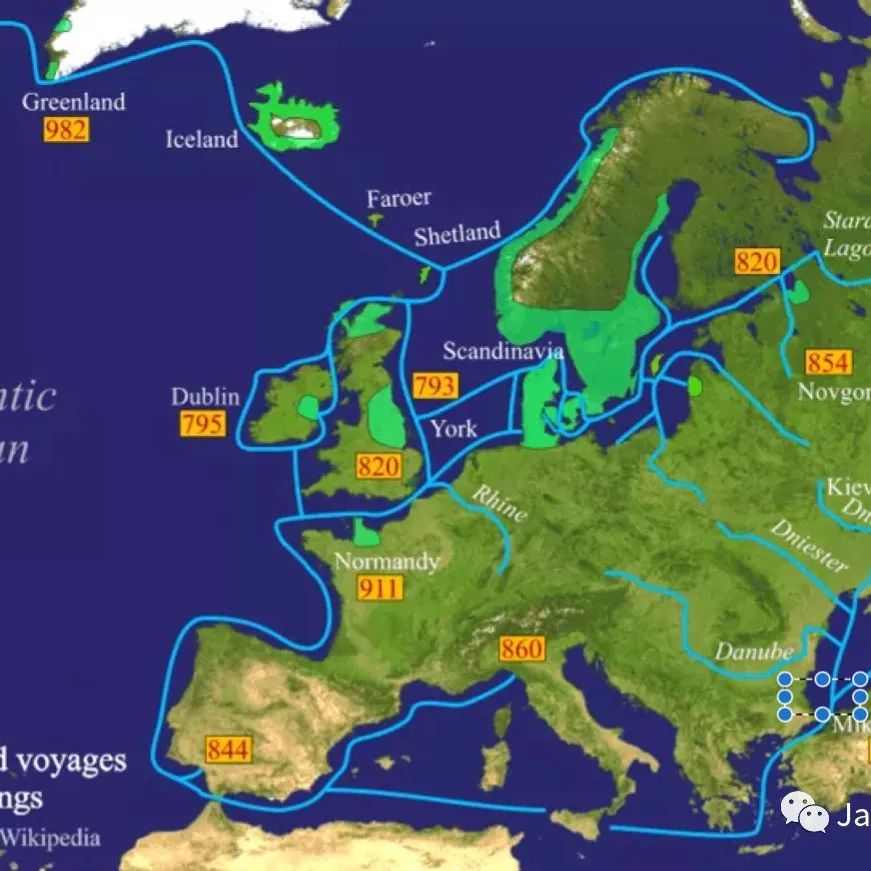Read History with Jack 44 - The Vikings Article 4 维京人4
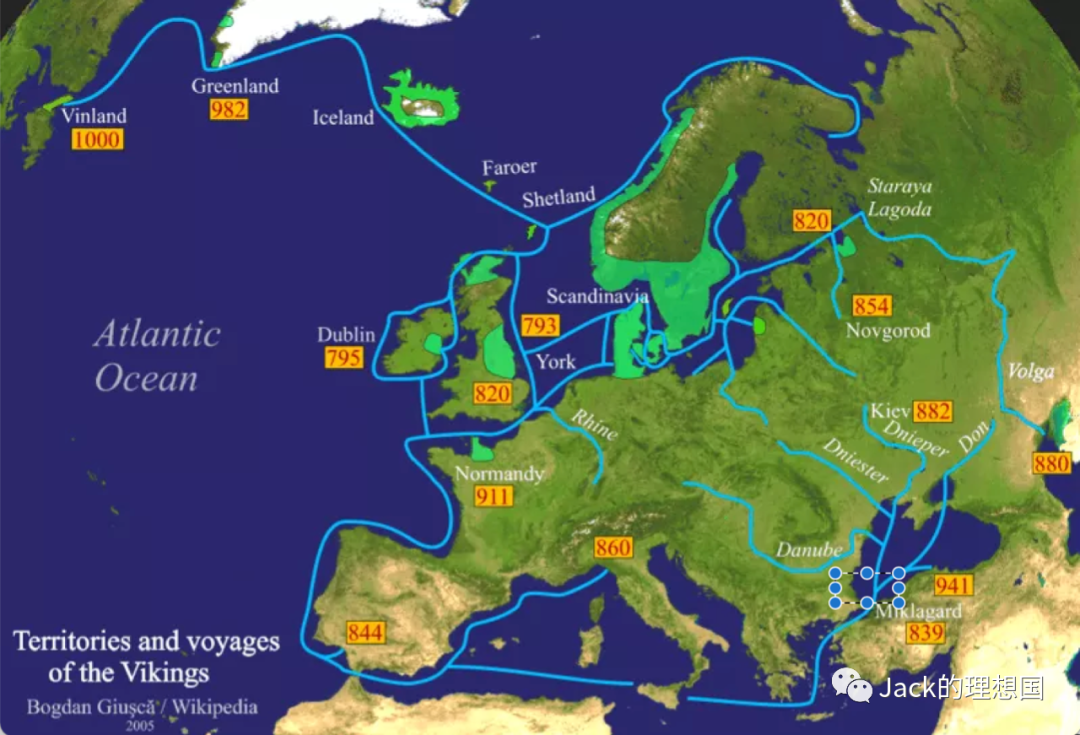
During the Middle Ages, roughly between 900 and 1300 C.E., Europe experienced one of the longest, sustained periods of economic growth. There are, undoubtedly, many reasons to explain this long-run economic boom, from the stable rise in population, development of new technologies, improvements in major sectors of the medieval economies, such as agriculture, and many more. But from my point of view, this period of economic growth during the High Middle Ages occurred partially, if not mostly, thanks to the Vikings. They helped Europe meet the prerequisites to fuel economic progression. The Vikings were both great raiders and cross-continental traders of their era. With their continuous efforts, a massive web of economic activity spanning from Baghdad in the East to Iceland, Greenland, and even the Americas in the West flourished. The flow of the trading web would prove to shape the economic structures of both Western countries and markets. The Vikings, by championing mercantilism, brought direct influence on the foundation and changes of cities, states, and markets in general.
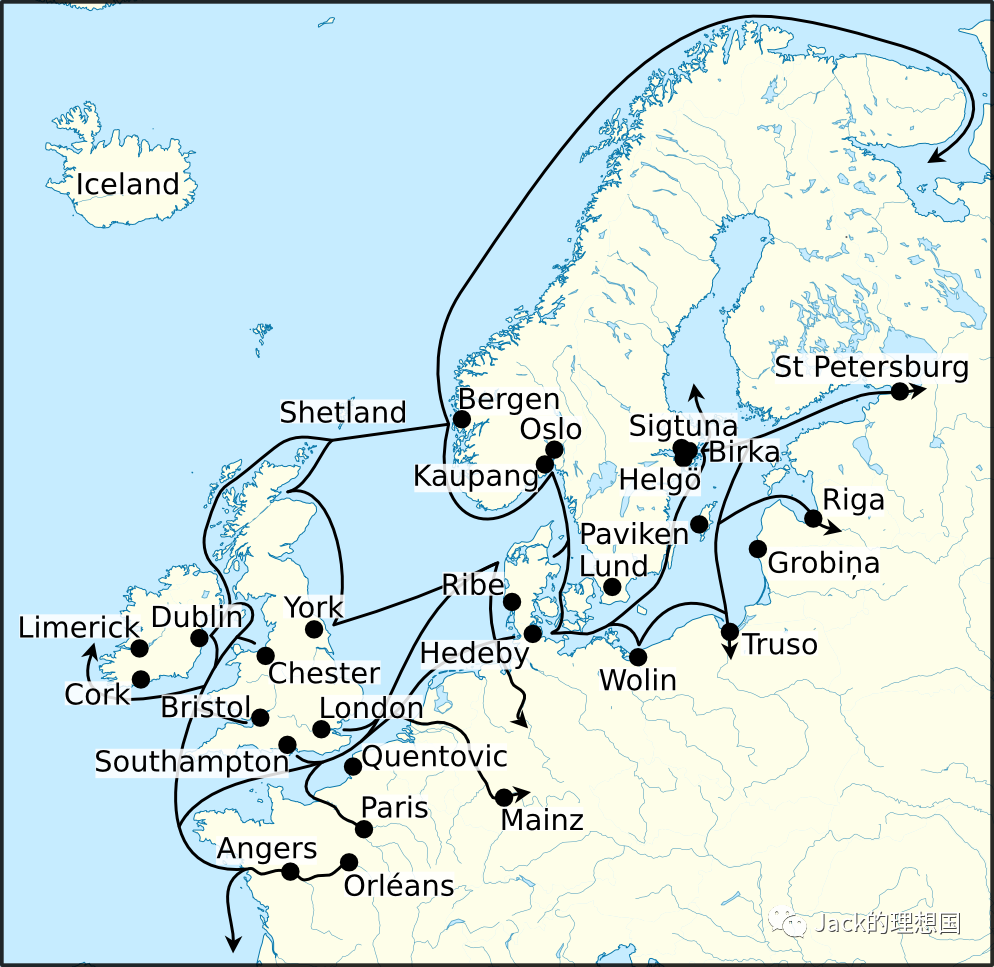
The Vikings held mercantilism as its most crucial belief in their economic activities. With their mercantilism and will to gain profits through trading, the Vikings founded many trading cities and ports. Additionally, the Vikings did not forget to alter some of their conquered places to fit into the trading network. Great trading ports of the Viking era, such as Hedeby, Ribe, Birka, were all founded at a location that sat at the dead center of trading routes. Hedeby was located where the North-South trade routes from the Scandinavian peninsula to mainland Europe and the East-West trade routes from the English islands to Eastern Europe passed through. Ribe was located where the North-South Scandinavia-Europe trade routes and the West-East trade routes from the North Sea to the Baltic Sea passed through. Birka was located on the island of Björkö in Lake Mälaren, Sweden, and handled goods from Scandinavia and Finland as well as Central and Eastern Europe. These trading towns were built for mercantile purposes and flourished economically for their emphasis on mercantilism.
Alongside directly building up trading points, whenever the Vikings conquered a city or region, they prioritized turning or changing it into a profitable trading area. Take the instance of Dublin. When Dublin was finally pummeled by Olaf the White and Ivar the Boneless, the Vikings quickly connected it to the critical trading hotspots in England, Norway, and Frankish kingdoms. When the English city of York fell to the Vikings in the year 866, they moved the city's position to near the major river systems. As a result of this decision, York became a major exporter of food and metalware and "was at the western end of the great northern trade arc."
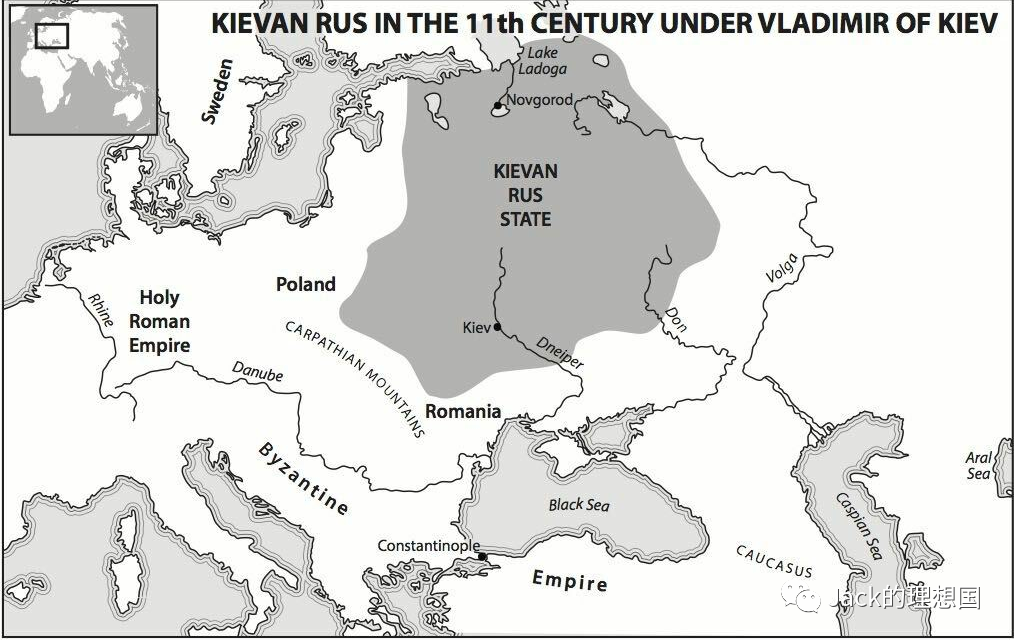
States were even founded thanks to the mercantilism of the Vikings. The Rus states, which became the basis for modern-day Russia, Ukraine, and Belarus, were founded initially by Swedish Vikings traders. In 753 C.E., these traders entered the Volga and Dnieper River systems by taking control of the stronghold at Staraya Ladoga, at Lake Ladoga in today's Northwestern Russia. The Volga route was the easier route. It led the Viking traders into the Caspian Sea directly to Baghdad and the Islamic World to the East. The Dnieper route was more treacherous. However, the destination was Constantinople and the Byzantine Empire, the wealthiest place in the known world. With the development of these two trading routes, the Vikings gradually built up their economic and political clout in the region. During the mid-9th century, a civil war broke out between the native Slavic population of the region. The Slavs invited Rurik, a prominent Viking, to rule over them to end the grinding civil war. With the economic foundation from extensive trading, Rurik founded Kievan Rus', a federation based in Novgorod, then Kyiv, and would be the foundation for modern Russia and the surrounding states. After Kievan Rus' was established, its rulers still focused on trade, especially with Constantinople to the South, gaining more influence and becoming more dominant economically. Kievan Rus' is one of the best evidence to showcase the power of trade the Vikings emphasized so much on, as it was a federation constructed upon the major trade routes.
The Vikings directly influenced the foundation and change of cities or states. Still, they also reshaped European economic markets in general, especially in Northern and Eastern Europe. Before the Vikings, Northern and Eastern Europe were in a prestige market system, where people traded only precious items such as fur, amber, and precious metals on a limited scale. With the advent of the Swedish Vikings, the market changed from a prestige goods trading system to a mercantile market system where significantly greater amounts of goods were traded, including silver, silk, and Slavic slaves. This change brought forth by the Viking traders allowed free trading and wealth to increase massively. Together with advancements in transportation, agriculture, and other central industries, the Vikings aided Europe in reaching a period of exponential economic growth by reorganizing the structure of its markets.
Overall, the Vikings, through their expansion, knitted the known world together with their zeal for mercantile trading. They established flourishing trading ports, promoted the economic growth for existing regions they conquered, founded states from economic activities, and fundamentally altered the market structures of Northern and Eastern Europe, rendering the old medieval ones obsolete. They pushed forward the trend of globalization that was stuck for hundreds of years, connecting places thousands of miles apart. Most importantly, however, the Vikings introduced a novel mindset. This mindset underlines the vitalness of free trade and free markets to economic prosperity; this mindset believes in the power of globalization, which values each region's advantage and their indispensability as a part of the whole web. This mindset has shaped the economic contours of the modern Western world and is perhaps, the most tangible, most invaluable legacy from the Viking Age.
WORKS CITED
Brownworth, Lars. The Sea Wolves: A History of the Vikings. United Kingdom, Crux
Publishing, 2014.
PICTURES CITED
https://www.historyonthenet.com/vikings-as-traders
https://commons.wikimedia.org/wiki/File:Viking_Age_trade_routes_in_north-west_Europe.png
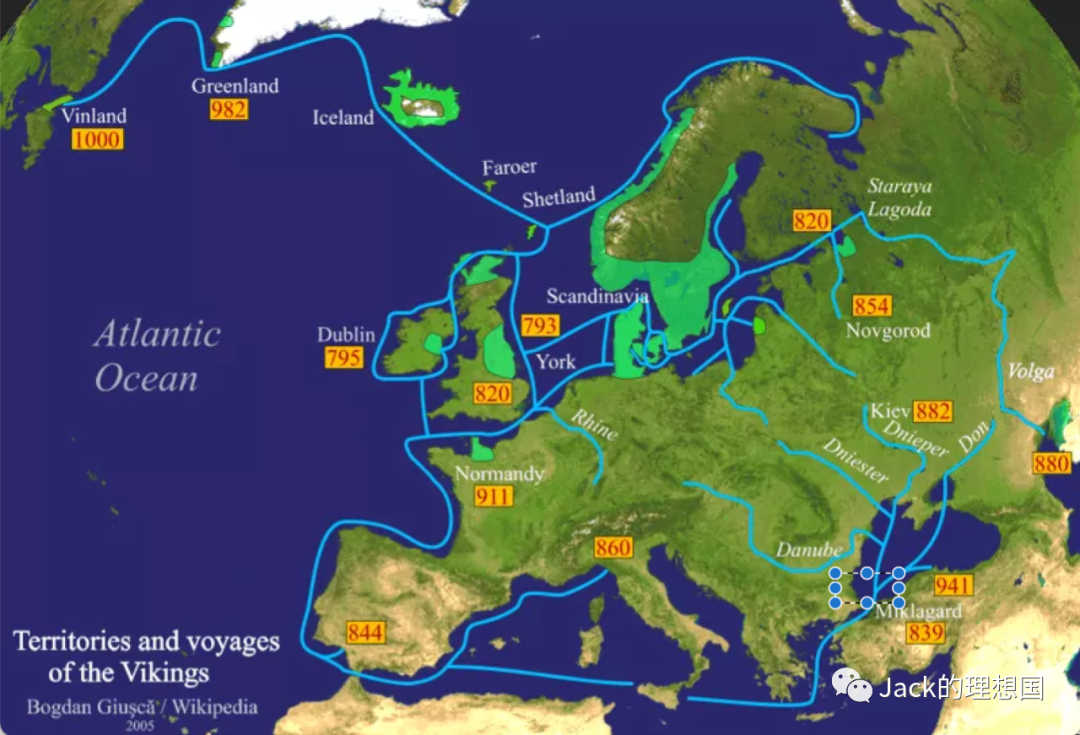
在中世纪,大约在公元900年到1300年之间,欧洲经历了一段持续时间最长的经济增长期之一。毫无疑问,有很多原因可以解释这种长期的经济繁荣,从人口的稳定增长,到新技术的发展,或到中世纪经济主要部门,例如农业的改善等等。但从我的观点来看,中世纪下半叶的这段经济增长期的发生,即使不是主要原因,也要部分归功于维京人。他们帮助欧洲创造了推动经济发展的先决条件。维京人在他们那个时代既是令人难以置信的掠夺者,也是横跨大陆的商人。在他们的不断努力下,从东方的巴格达到西方的冰岛、格陵兰岛甚至美洲,一个巨大的经济活动网络蓬勃发展。这个贸易网络的运转将证明会塑造西方国家和市场的经济结构。维京人通过倡导重商主义,对城市、国家和整个市场的建立和变化产生了直接影响。

维京人将重商主义作为其经济活动中最重要的信念。凭借他们的重商主义和通过贸易获得利润的意愿,维京人建立了许多贸易城市和港口。此外,在征服和掠夺的同时,维京人也没有忘记改变他们所征服的一些地方以适应贸易网络。维京时代的伟大贸易港口,如赫德比、里贝、比尔卡,都是建立在贸易路线的中心位置。赫德比位于从斯堪的纳维亚半岛到欧洲大陆的南北贸易路线和从英国岛屿到东欧的东西贸易路线的交叉点。里贝位于南北斯堪的纳维亚-欧洲贸易路线和从北海到波罗的海的西东贸易路线的经过点。比尔卡位于瑞典梅拉伦湖的比约克岛,处理来自斯堪的纳维亚半岛和芬兰以及中欧和东欧的货物。这些贸易城镇是为商业目的而建,并因强调重商主义而在经济上繁荣。
除了直接建立贸易点,每当维京人征服一座城市或区域时,他们都会优先考虑将其改变成一个有利可图的贸易地区。以都柏林为例。当都柏林最终被Olaf the White和Ivar the Boneless攻破时,维京人迅速将其与英格兰、挪威和法兰克王国的重要贸易热点连接起来。当英格兰城市约克在866年落入维京人之手时,他们移动了城市的位置,使其靠近主要河流系统。由于这一决定,约克成为食品和金属器皿的主要出口地,"处于北方大贸易弧的西端"。

由于维京人的重商主义,国家甚至被建立起来。成为现代俄罗斯、乌克兰和白俄罗斯基础的Rus States,最初是由瑞典的维京商人建立的。公元753年,这些商人通过控制位于今天俄罗斯西北部拉多加湖的斯塔拉亚-拉多加据点,进入伏尔加河和第聂伯河系统。伏尔加河路线是比较容易航行的路线。它将维京商人带入里海,直接通往巴格达和东方的伊斯兰世界。第聂伯河路线则更为险峻,然而,这条路线的目的地是君士坦丁堡和拜占庭帝国,在当时,这显然是已知世界上最富有的地方。正是随着这两条贸易路线的发展,维京人逐渐累积了自己的经济与政治实力。在9世纪中叶,该地区的本土斯拉夫人之间爆发了一场内战。最终,为了结束内战,斯拉夫人邀请一位具有名声的维京人Rurik来统治他们。有了广泛贸易的经济基础,Rurik得以建立Kievan Rus’,一个最初以诺夫哥罗德为首都、后来以基辅为首都的联邦国。Kievan Rus’将成为现代俄罗斯以及其周边相关国家的基础。Kievan Rus’建立后,其统治者仍然专注于贸易,特别是与南方的君士坦丁堡的贸易,以获得更多的影响力,并在经济上占据更为主导的位置。Kievan Rus’是展示维京人在创建国家中对于贸易重要性的强调的最佳证据之一,因为它就是一个建立在主要贸易路线上的联邦国。
维京人不仅给城市或国家的建立和变化带来了直接影响,而且还从总体上重塑了欧洲经济市场,特别是北欧和东欧的市场。在维京人之前,北欧与东欧处于奢侈品市场体系中,只有毛皮、琥珀和贵金属等珍贵物品在有限的范围内被交易。但是,随着瑞典维京人的出现,市场类型从奢侈商品交易系统转变为商业市场系统,交易的商品数量大大增加,包括白银、丝绸和斯拉夫奴隶。维京商人带来的这一变化使自由贸易和财富的创造得以大量增加。再加上运输、农业和其他中心产业领域的进步,维京人通过重组市场结构,帮助欧洲达到了经济的指数增长期。
总的来说,维京人通过他们的扩张,用他们对商业贸易的热情将已知世界编织在一起。他们建立了繁荣的贸易港口,推动了他们所征服的地区的经济增长,从经济活动中建立了国家,并从根本上改变了北欧与东欧的市场结构,使中世纪的旧结构变得过时。他们推动了停留了数百年的全球化趋势,将相隔数千英里的地方连接起来。然而,最重要的是,维京人引入了一种新的思维方式,一种强调自由贸易和自由市场对国家经济繁荣至关重要的思维方式,一种相信全球化力量的思维方式,一种重视每个地区的优势和它们作为整个网络的一部分所不可或缺的思维方式。这种思维方式塑造了西方现代世界的经济轮廓,也许是维京时代留下的最实际、最宝贵的遗产。
- 本文标签: 原创
- 本文链接: http://www.jack-utopia.cn//article/416
- 版权声明: 本文由Jack原创发布,转载请遵循《署名-非商业性使用-相同方式共享 4.0 国际 (CC BY-NC-SA 4.0)》许可协议授权
